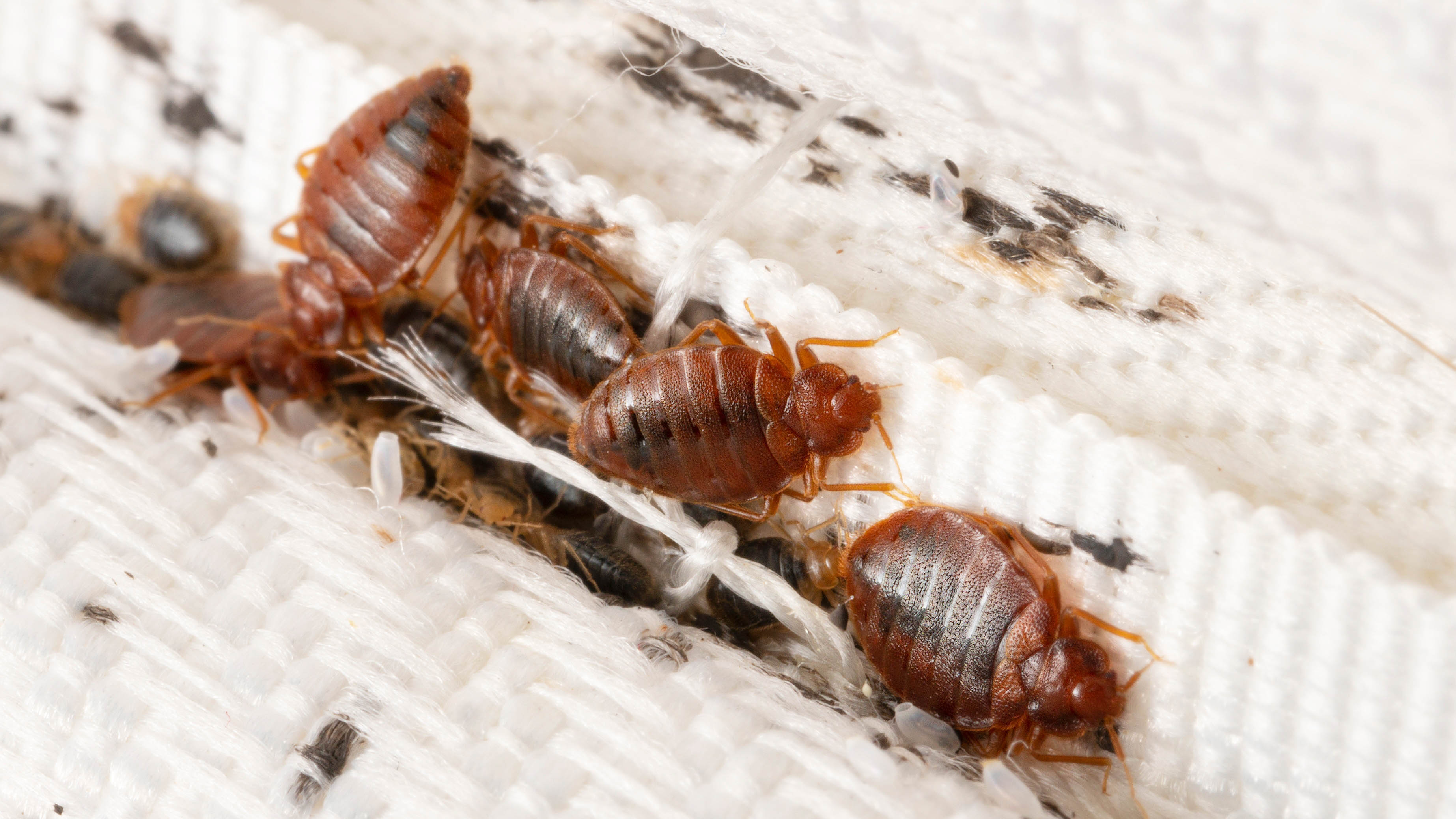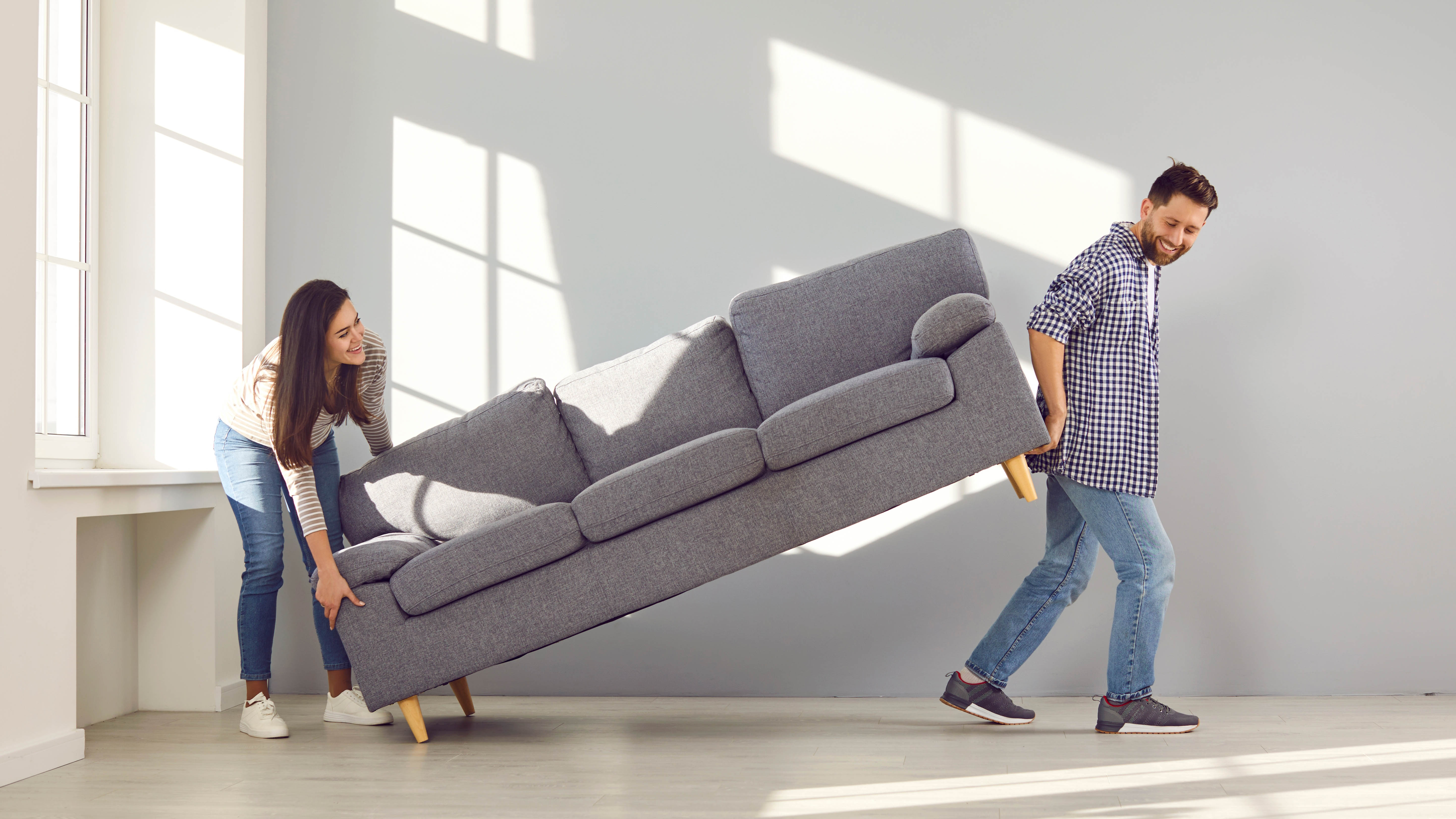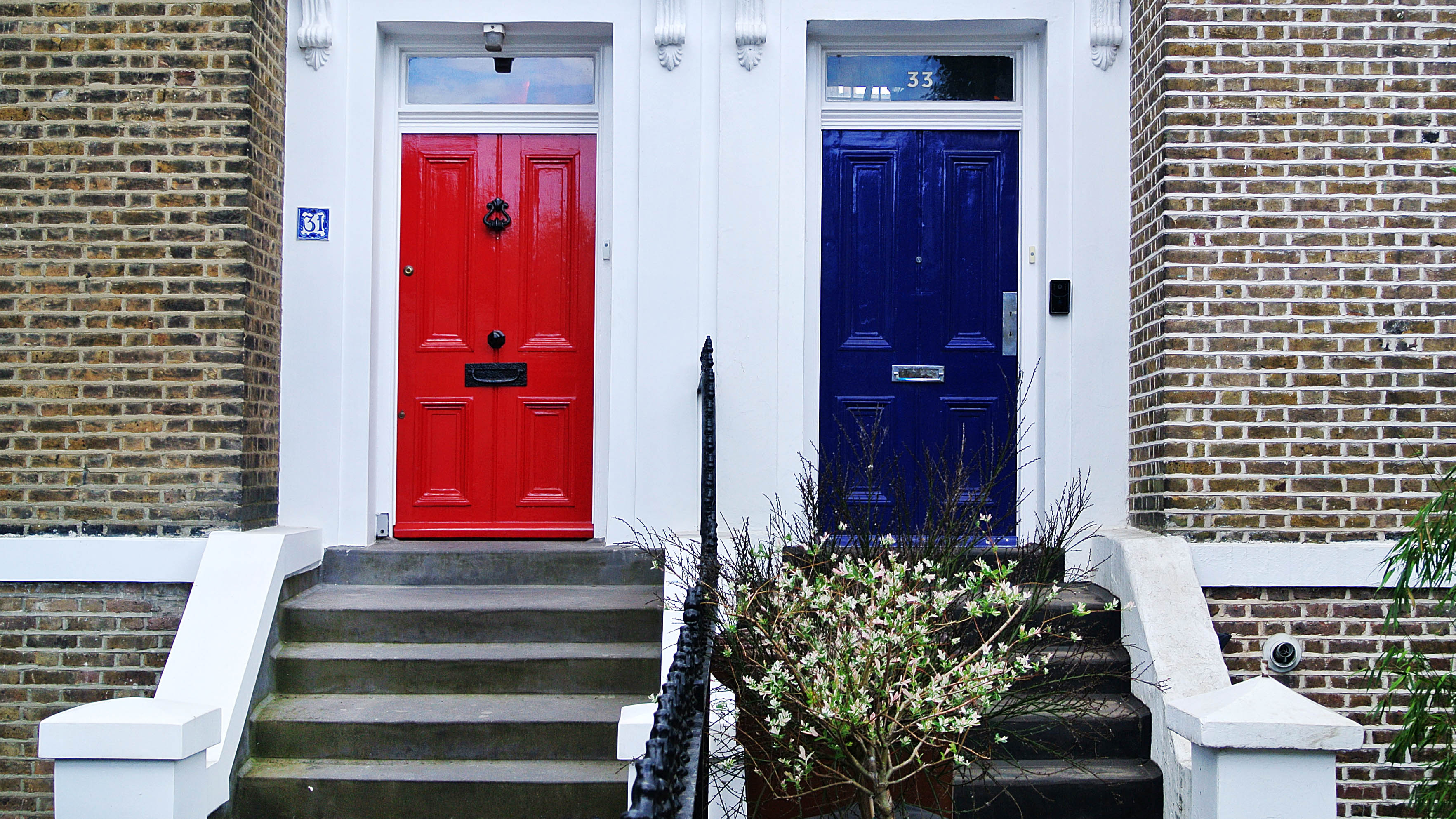5 ways bed bugs can invade your home
Here’s 5 ways bed bugs can easily enter your home

When it comes to pests, bed bugs are the ultimate nuisance. Even if you know how to get rid of bed bugs, it’s an extensive task which often requires repeat applications. Should one female survive, it can continue laying eggs and soon put you back at square one again. And seeing as bed bugs can live all over your home — not just near your bed, if an infestation gets extensive, it can take a long time to deal with. Leaving you constantly looking out for 7 telltale signs of bed bugs in your home.
And you will want to get rid of these pests as soon as you can. On top of feeding on your blood as you sleep, causing skin irritations and sometimes infections, they’re not hygienic to have around the home. Eradicating bed bugs can cause such strife, that it’s good practice to know how they spread into your home in the first place. That’s why we’ve listed 5 such ways bed bugs can travel into your home — so you know what to be wary of in the future and how to avoid potential infestations. Try not to itch yourself as you read this.
1. Clothes

The first and most well-known way bed bugs can spread into your home is via your clothes. These pests won’t travel directly on your skin or hair, nor will they likely travel via the clothes you’re wearing — they’re not fans of our body heat or the aggressive movement. But, still they will happily hitchhike on any alternative textiles, including packed or bagged clothes. That means if your unworn clothes come into contact with any materials or surfaces which carry bed bugs, these pests have a chance to transfer over. And with bed bugs moving at up to four feet a minute, this won’t take long.
Consequently, bed bugs can technically travel via any clothes you’ve purchased in retail as well as thrift stores. The appearance of bed bugs in such spaces is not surprising when you consider the large number of customers bringing in clothes from their homes, as well as returning items. You can check for signs of bed bugs before you purchase by looking out for stains that may be left behind — the feces of bed bugs appears almost like an ink stain. There may also be sticky white eggs or shells, about 1mm in length, if the item has been undisturbed for some time. Failing that, you can even see bed bugs — they’re about 5mm in length. If you suspect bed bugs in a store, be sure to tell the staff immediately to limit its spreading.
2. Furniture

As we mentioned in the first point, bed bugs will happily latch onto textiles during travel. That means other fabric-based items you bring into your home are unfortunately at risk too, including furniture. Upholstery, such as a fabric couch, can become a hotspot for bed bugs in the right conditions. This is because it provides shelter, as well as a nearby location to where you might rest at night. So it stands to reason that you must take care when you purchase such items, particularly if they’re second-hand and come from a previous home.
Bed bugs can be carried in all sorts of items including curtains, chairs, box springs and mattresses. So always inspect new furniture to prevent an infestation. You’re looking out for some of the same signs as above, including feces and egg shells. Shed skins might also be prevalent as a sign of maturing bed bugs. You might also detect a faint musty smell. Make sure such items are effectively steam cleaned to kill any potential bed bugs before bringing them into your home.
3. Boxes

Textiles aren’t the only go-to surface for traveling bed bugs either — cardboard boxes can provide a cozy solution too. It makes for the perfect hideaway for bed bugs because it’s dark, sheltered and often undisturbed. It’s an ideal sanctuary for alternative pests for the same reason, including roaches. So you might want to think twice if there’s a number of boxes tucked under your bed.
Get instant access to breaking news, the hottest reviews, great deals and helpful tips.
Bed bugs can survive for up to 400 days without feeding, according to the UC IPM — although this depends on several factors including temperature, humidity and the age of the bed bugs — which means they can easily be transferred inside of such objects when moved from property to property. So whether you’re using infested boxes to move home, or receive a box of items from a neighbor, it’s something to be aware of and to check before you bring it indoors. Replace such stored boxes with plastic, sealed containers instead to play it safe, such as these Rubbermaid Cleverstore Clear Plastic Storage Bins with Lid ($111, Amazon).
4. Neighbors

Speaking of neighbors, unfortunately bed bugs can be transferred directly from home to home too, especially if they’re in close proximity, such as adjoining apartments. If there are any cracks or gaps in your walls, bed bugs can travel between the two adjoining properties. They can even make their way in via electrical outlets and light switches.
If a close neighbor reports bed bugs, you should first do a thorough sweep for signs of bed bugs in your home, checking continually until the infestation is dealt with. This includes looking out for bite marks on your skin, blood stains or feces in your bedding, eggs, husks and musty odors, although early stages of an infestation may not be so obvious, so you will need to be diligent. Check all hidden areas around your home, shining a flashlight in dark and undisturbed spaces around your bed, mattress and bedding, and in any cracks or crevices in your walls and furniture.
You will need to avoid physical contact with this neighbor or neighbors where possible until the situation is resolved, otherwise you risk introducing bed bugs into your home. Having said that, it's still good practice to call or message your neighbors and stay in contact. This is so you can help keep them at ease and stay informed on the progress. Be sure to check your clothes, shoes and any items you’ve carried with you for signs of bed bugs before you enter your home. Don’t leave any items on the floor outside either — bed bugs may be present in the communal hallway.
It’s a good idea to contact your landlord or property manager to decide whether a formal inspection or further action is needed with regard to your property. Going forward, you can seal up any unnecessary cracks or gaps in walls you might share. Keep your home clean and tidy to deter bed bugs too; vacuum the space regularly (at least once a week) with one of the best vacuum cleaners (sealing and disposing of the residue after each session), wash bedding on the hottest cycle allowed in the best washing machines, and run a steam cleaner over your upholstery. You can always set up bed bug traps if you're concerned too, such as this Ortho Home Defense Max Bed Bug Trap ($13, Amazon).
If these pests have invaded your property, here’s how to get rid of bed bugs for advice on what to do next. If you don't want to handle these pests yourselves, you can always call in a professional.
5. Hotels

Considering bed bugs often travel on clothing, it’s no surprise that hotels can become a hotspot for these pests. With travelers coming and going, some guests will unknowingly introduce bed bugs into the room in which they’re staying. And as new guests take up residence, they can easily pick up an unwanted parting gift via their suitcases. That’s why checking for bed bugs is one of the 7 things to always do when you check into a hotel room.
If you suspect bed bugs in a hotel room, tell the staff immediately. The room will need to be inspected and if their presence is confirmed, it will need to be sectioned off and cleaned to remove the pests. In such cases, your luggage and clothing will need to be cleaned before you return home too.
If guests visit your home, they too can bring bed bugs in via their luggage. There’s not a lot you can do to prevent bed bugs in these circumstances, but you can be wary of their presence and address them at an early stage to make removal easier. If your guests inform you at a later date that they’ve got bed bugs, this can also alert you to their potential presence. Here are 7 telltale signs of bed bugs in your home.
Hotels aren’t the only establishments to be wary of bed bugs in either. Anywhere with high traffic and rotating guests are prone to these pests, such as hospitals and university dorms.
More from Tom's Guide
- Check out 7 telltale signs of roaches in your home
- We've also found 7 plants that keep mice and rats from invading your home
- And here's how to clean a mattress and remove stubborn stains

Katie Mortram used to be a Homes Editor for Tom's Guide, where she oversaw everything from kitchen appliances to gardening tools, as well as smart home tech. Specializing in providing expert advice for cleaning and home manintenance, she now works as Household Advice Editor for Good Housekeeping.
